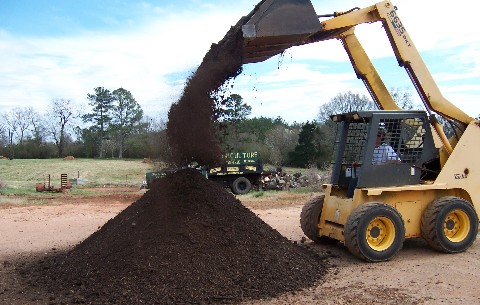Composting Athens Georgia
Athens Compost
 |
Making compost is all about growing the right Microbes . The microbes do the lions share of breaking down organics into humus. So making the conditions right for the microbes to grow, is how we speed up the process.
|
Compost Temperature
Thermophilic Bacteria play an important in the composting process. The Thermophiles make the compost hot. After three days at 131o fahrenheit all Pathogens are killed.
|
 |
Compost Athens Georgia
Find out more about our Composting roots at Creative Earth . Through the act of composting we can help mitigate the effects of Global Warming.
|
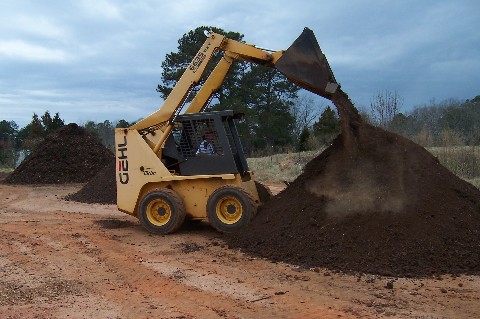 |
Static Pile Composting
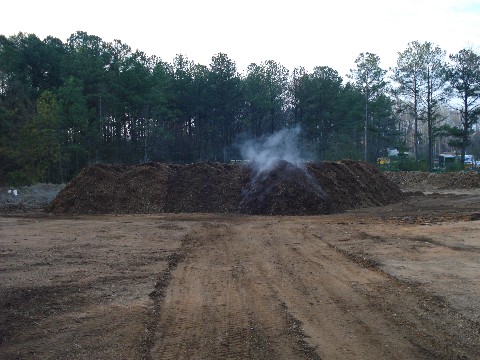 |
At Back To The Garden, Aerated Static Piles are used to initially breakdown the ground wood waste, and get our Microbes growing. Utilizing the heat generated by the Thermophilic Bacteria, we can quickly and safely achieve pathogen kill in any organic items we compost. The active thermophilic compost also eliminates any odors by breaking down those molecules that make up that smell.
|
On The Pad
Before any organics are emptied onto pad, we spread out a 6-8 inch blanket of thermophilic (partially composted) mulch. This absorbs excess moisture in the organics, and is the first layer of our carbon source.
|
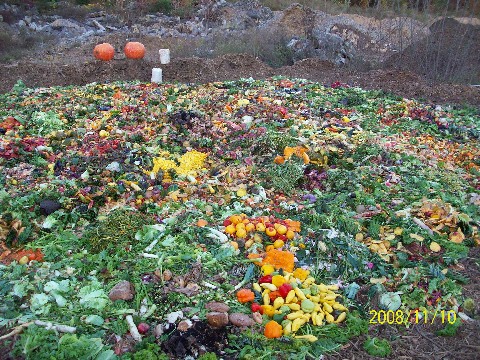 |
Cone Shaped Pile
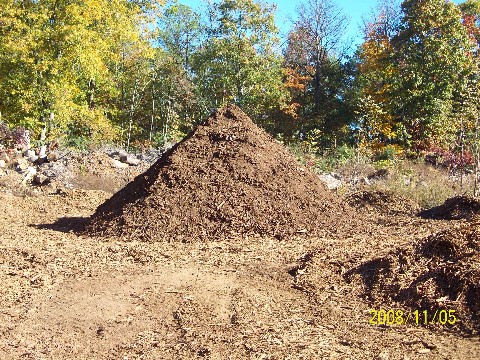 |
After mixing, the compost is stacked on the concrete mixing pad. Here it will sit until it has reached a minimum temperature of 131. F for three days. This gives us the necessary pathogen kill before moving the material out into windrows.
|
Windrow Composting
With Pathogen kill achieved, the compost is now added to active windrows. Well blended, Thermophilic and Pathogen free, the material will remain in windrows until it needs turning. Turning of the compost starts from the oldest material first, (back of the pile, to the front) moving over one to the front. Then a new windrow will built, utilizing some of the material from the last windrow.
|
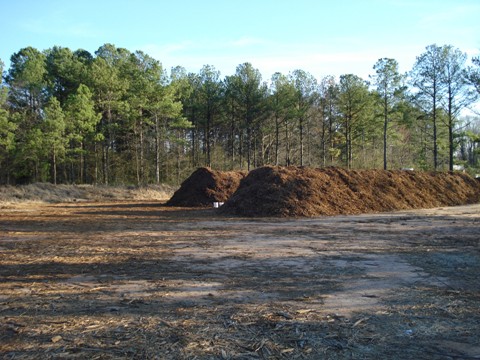 |
|
|
|
|
|







































